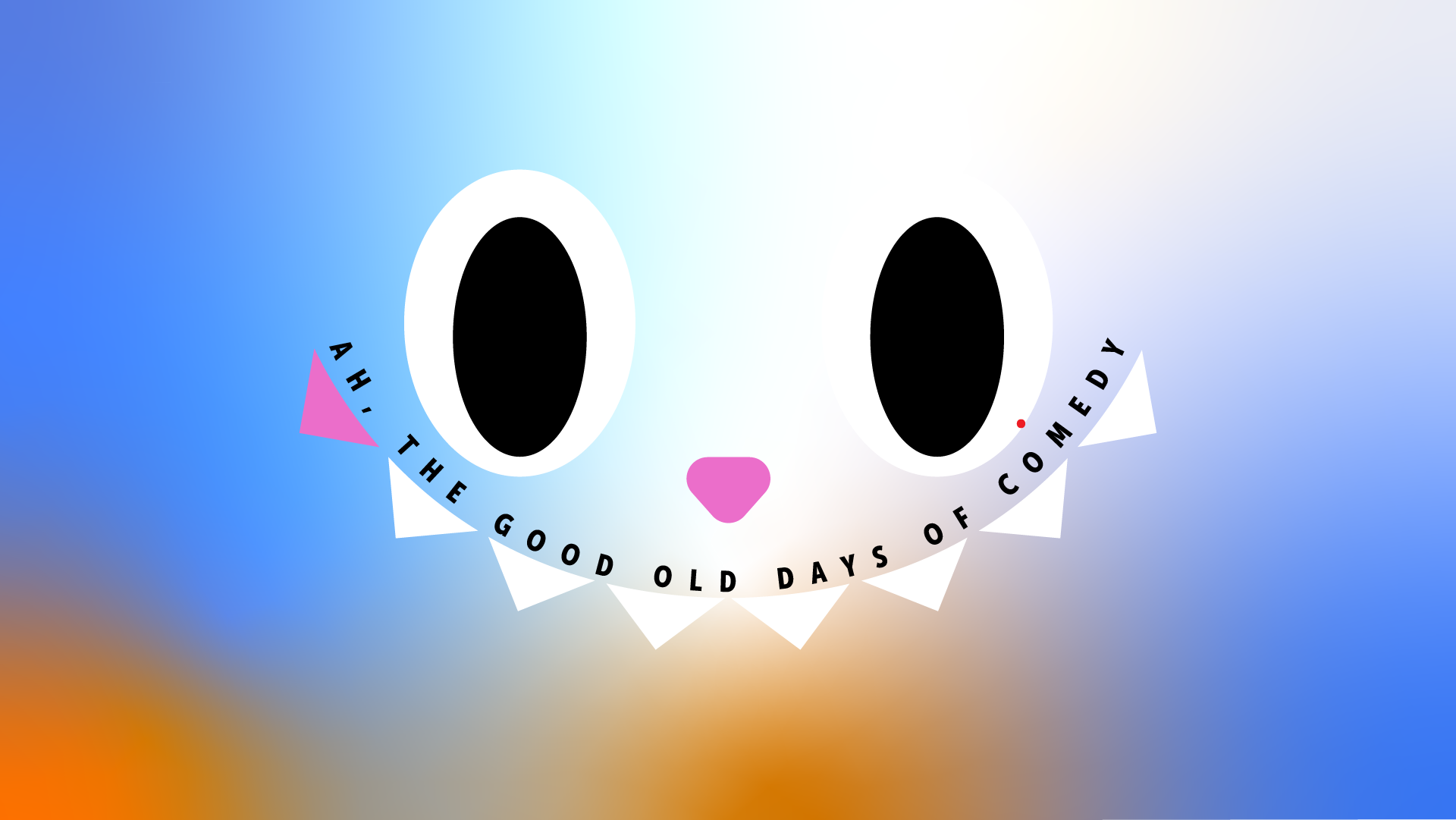Proof of concept shorts: what exactly are you trying to prove?
Written by Mark Brennan
They say proof is in the pudding… but that all depends on the kind of proof you’re looking for.
The ‘proof of concept’ short film has become more and more prevalent over recent years as filmmakers look to create a flavour of the feature film they’d like to fund. They are a relatively low-cost way of showing potential investors and studios what a filmmaking team is able to accomplish and the style in which they plan to tell their story.
And they can work.
There are several high profile examples of these short films leading to success, including Zack Snyder’s 300 and Neill Blomkamp’s District 9, which all started out as proof of concept shorts Die Free! and Alive in Joburg respectively.
Proof of concept shorts are a natural fit for features that plan on taking place in other ‘worlds’ or intend to have a distinctive aesthetic or use of VFX.
Another such film was Robert Rodriguez’s The Customer is Always Right, which he created to demonstrate the unique style in which he planned to make Sin City, taking the imagery of the graphic novels and bringing it to life. The short was so successful that not only was it enough to secure greenlit for production on the feature, it was also included in the opening of the film.
From a technical point of view, it’s easy to see why all these proof of concept short films succeeded in their objectives. However, it’s their execution narratively that is just as important as technically.
A famous example of a short film used as a demonstration of narrative and directorial ability rather than a proof of concept for a visual effects feast is Damien Chazelle’s Whiplash. The short film version of this intense drama starred J.K. Simmons in the same teacher role he would reprise in the feature film, a performance for which he would go on to win the Oscar for Best Supporting Actor. This short/feature combo would go on to launch the career of the director who would go on to make La La Land and Babylon.
It’s one thing to impress an investor or studio with a stunningly produced short film with a striking aesthetic, it’s another to draw them into the world they’ve been given a glimpse of that demands further exploration and investment. You need to leave them wanting more to the point they’re ready to write cheques to get it.
However, arguably, the opposite can be true when it comes to taking proof of concept short films onto the festival circuit.
Festival programmers are a very different audience to investors and studios. What a festival is looking for is not something to invest in financially, but something that will be a satisfying, stand-alone viewing experience for their audiences. Occasionally, it can also be so obvious to programmers that what they are watching is a pitching tool, it’s almost like the filmmaker is saying festivals were an afterthought.
Some proof of concept shorts try to cram their entire narrative of the feature version into a short, whisking the viewer through plot points at a dizzying pace and serving up emotional beats that don’t feel earned. Some feel like very long trailers. Others merely scratch the surface of the world or story the filmmaker wants to tell, all with the intention of leaving the viewer wanting more, but the danger here is that it’s left so open-ended or unsatisfying as a stand alone watch that it gets overlooked by programmers - no matter how well it’s made.
As a film festival director and programmer myself, I can attest to these considerations being taken into account when watching submissions, which is why we do the same at Festival Formula when watching films from potential clients who have sent us their work for review.
That is why all filmmakers looking to create a proof of concept short film should really think about how they plan to use that short film once it is complete. Think about the audience. There is nothing wrong with making a proof of concept short and taking it onto the festival circuit, but if you would like it to be both a pitching tool and a festival contender, consider creating a stand alone story that takes place in the ‘world’ of your feature.
Perhaps just focus on a side story or set of characters that would be loosely connected to the feature story. Maybe it’s something of a prologue or origin story for a character or story that will be explored more fully in the feature, but is a satisfying watch in its own right. Put simply; give it a beginning, a middle, and an end.
So, if the proof really is in the pudding, leave us with a satisfying taste.





